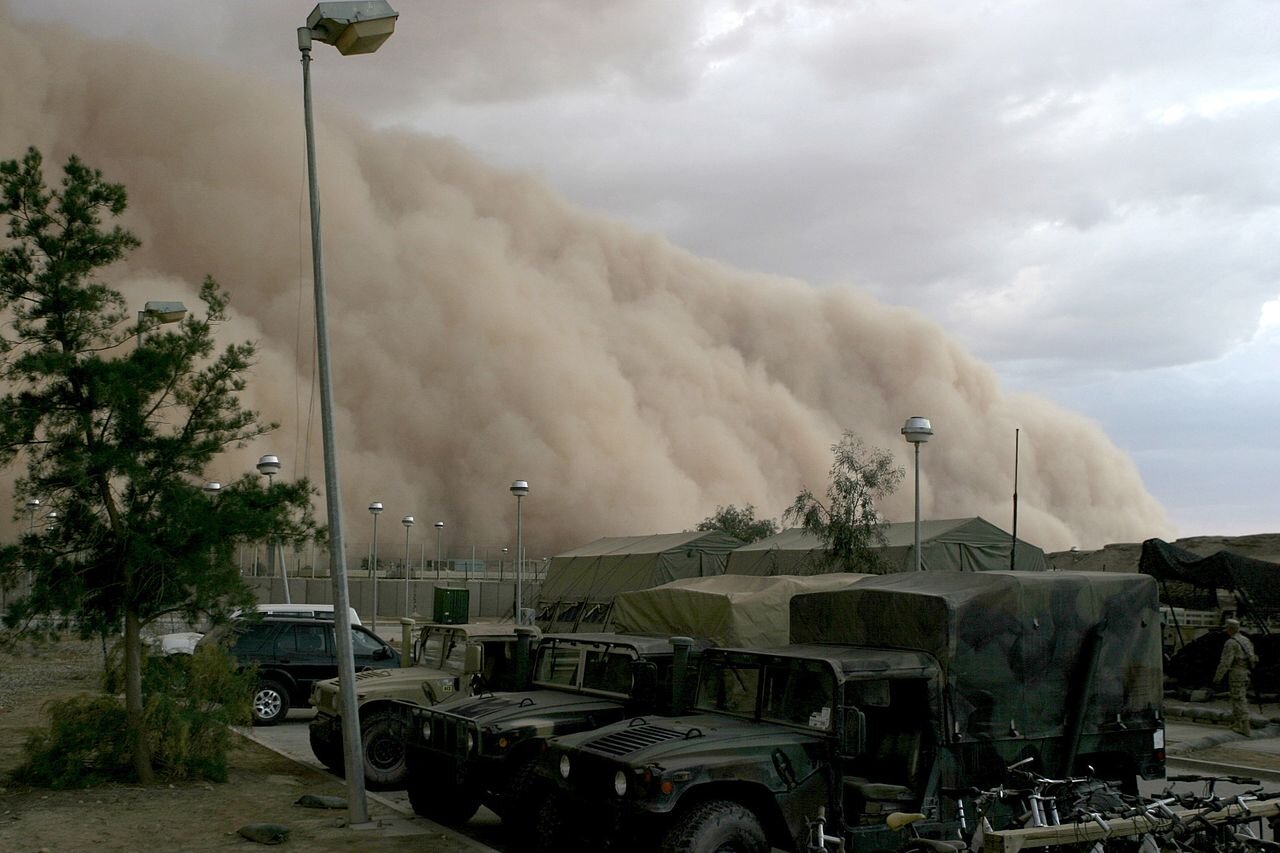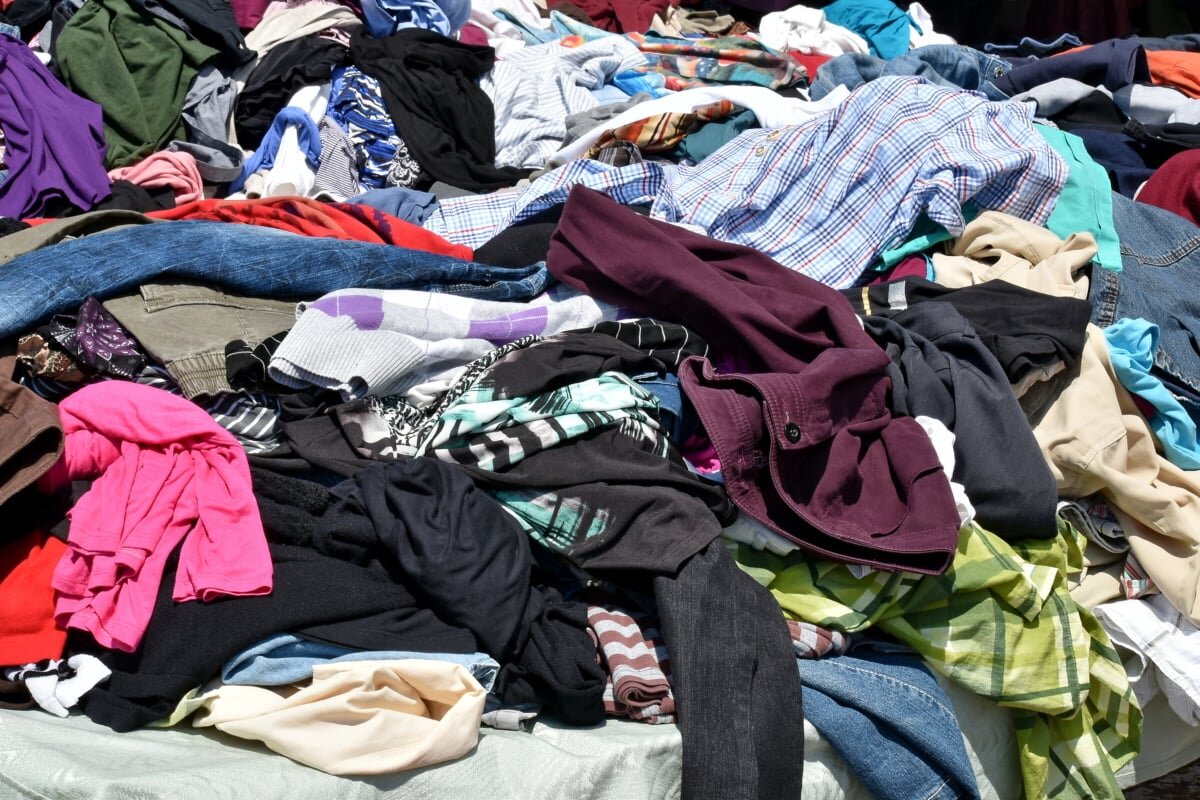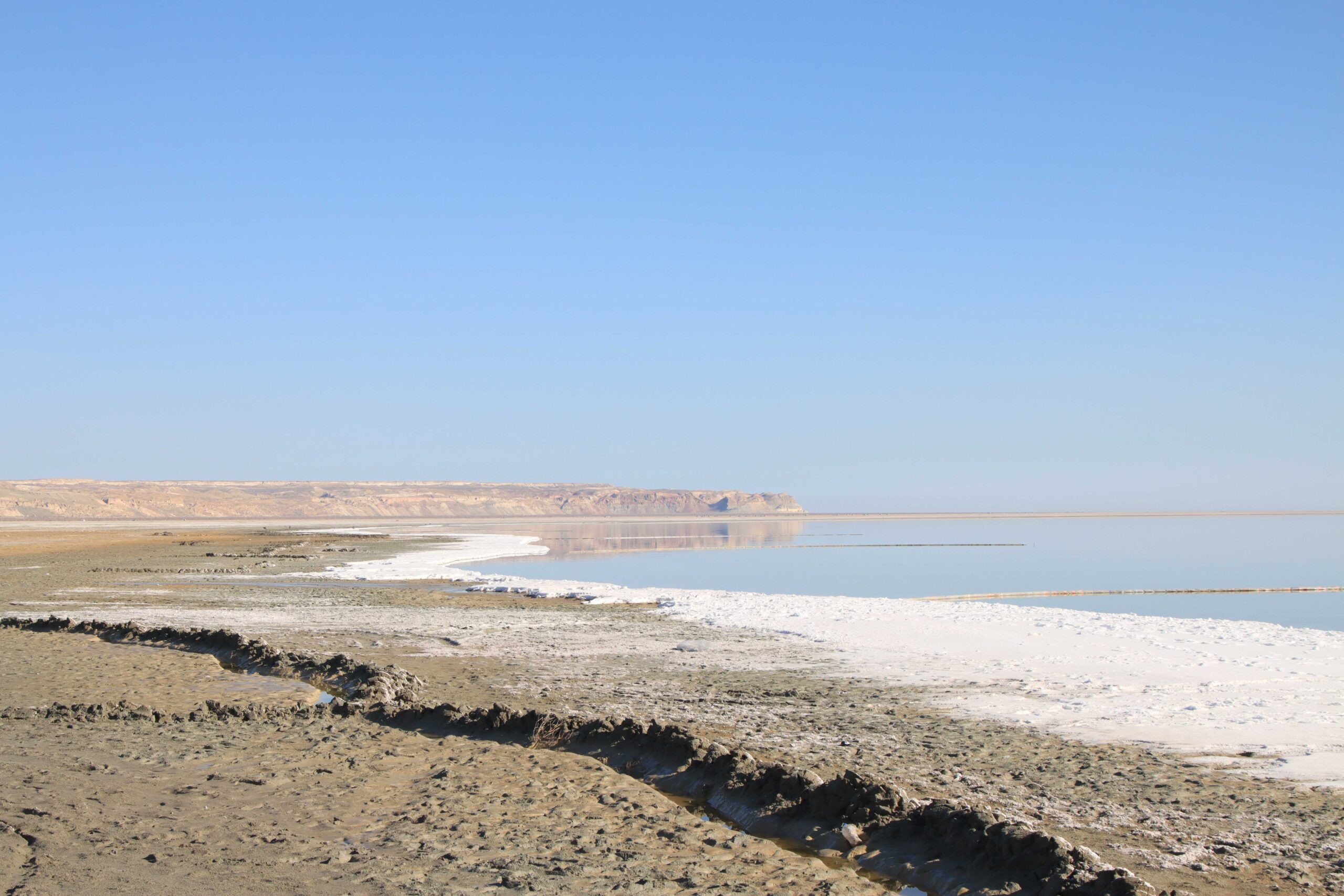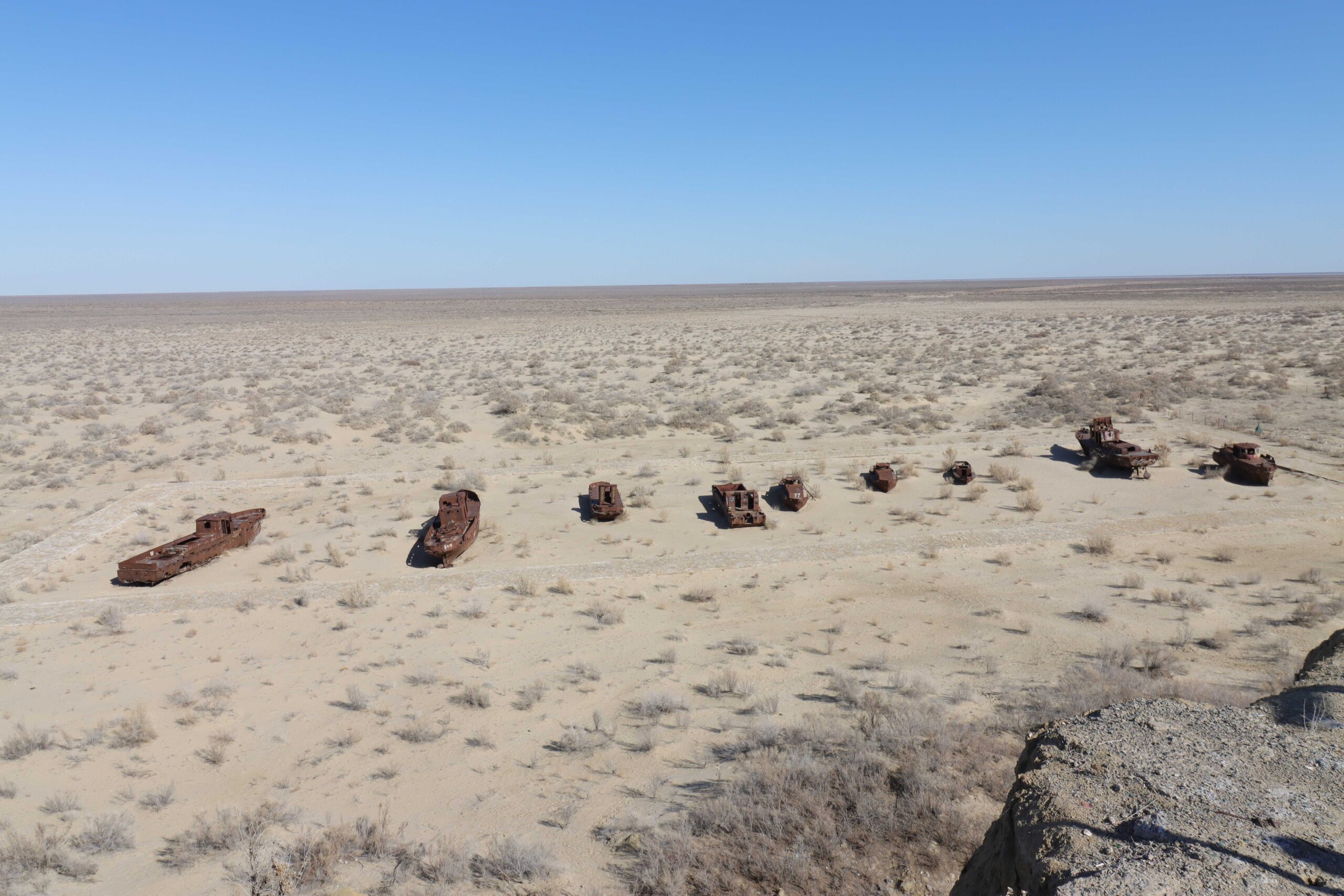The dominant form of microplastic pollution in the Arctic ocean is bits of artificial textile fibers, a new study published in Nature shows.
The findings were based on surveys by four research vessels across a 20,000-kilometer area from Norway to North America. The high-tech research instrument was able to identify individual plastic fibers, giving an extremely clear picture of what was bobbing about in the water.
Images like waves of plastic washing up on beaches, or stories of the Great Pacific Garbage Patch typify what people think about when they imagine plastic pollution, particularly in the ocean.
However much smaller microplastics have been found in the most remote regions of the world; their size facilitating rapid and extensive reach. However, questions remain regarding their distribution and sources, and the scale of the contamination.
Previous research covered by World at Large demonstrated that ‘storms’ of microplastics jettison thousands of tons of microplastics across the North American continent every year as storm and wind systems pass over heavily urban areas.
“Second only to oil production, the fashion industry is the largest polluter in the world”.
Contamination in the Arctic
“We found 49 microplastic particles per cubic meter of seawater; 92% of these were colorful fibers averaging 11 to 14 microns in diameter; and 73% of these were polyester,” explains Peter Ross, co-author of the new paper.
Ross and his team examined 3-8 meters below the surface of the water at 71 different areas, including the North Pole.
“The shapes, sizes, colors and polymer identities of these were remarkably similar to the fibers we are encountering in laundry and wastewater treatment”.
Second only to oil production, the fashion industry is the largest polluter on earth. Some estimates place artificial clothing is one of the least recycled forms of plastic on earth, with 72% of artificial fabrics ending up in landfills, a teeth-grinding 95% of which could be recycled.
“While we believe that a reasonable explanation for our findings is that Atlantic ocean currents deliver microplastics into the Arctic, we also are clear that atmospheric transport is a poorly understood and equally plausible mechanism for the contamination of the Arctic,” explained Ross In an interview with World at Large. “In a nutshell, there is likely to be a combination of these processes at work”.
Another study from Nature last year calculated the tonnage of microplastic pollutants of less than 2.5 micrometers that was swept up to Greenland and the Arctic by winds in the form of tire-tread and brake pad wear from cars.
Estimates varied, the researchers admitted, but the mean tonnage of tire and brake wear deposited in the Arctic every year was around 8,000 tonnes.
Calamity and opportunity
The problems with microplastic pollution are twofold. Understanding where most microplastics are coming from and how they move around the globe is the first, while the second is what kind of effects they have on the landscape.
Biogeochemist Janice Brahney at Utah State University, another researcher publishing in this field last year, demonstrated using data from the National Atmospheric Deposition Program that more than 1,000 metric tons of microplastic pollution, not only fall on the American west every year, but in iconic protected areas such as Grand Canyon, Joshua Tree, and Rocky Mountain National Parks.
She suggested influence of the jet streams — the highest altitude wind systems in our atmosphere that blow between 30,000 and 52,000 feet above sea level, could be found on the movement and distribution of her discovered ‘plastic storms’.
The researchers on the tire study estimated that since tires are black, the small particles could influence snow and ice melt, given the size of the pollutant load.
“There [are] clearly a number of priority questions that remain to be answered by the scientific community, but I feel that a weight of evidence suggests that we should be more careful with plastics and plastic products,” said Ross, who admittedly seemed hopeful of the future.
“This is a ‘team’ opportunity, with the potential for considerable innovation and entrepreneurship delivering to a sustainable economic path on the road ahead”.




